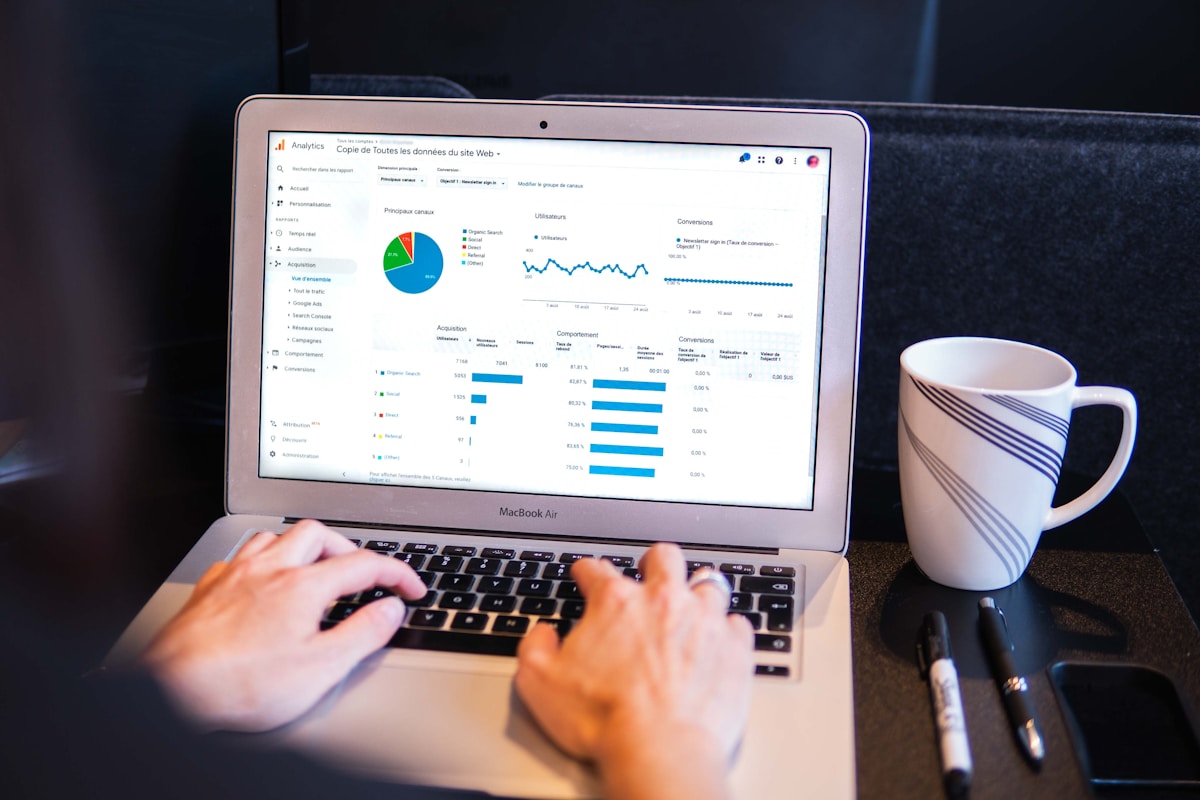Introduction
Data Analytics is the science of collecting and analyzing large amounts of data to uncover patterns, correlations and trends. It is used to gain insights that can help businesses make better decisions, improve customer experience and develop new products and services. Data Analytics can be used in a variety of ways to help organizations gain a better understanding of their customers, operations and strategies. In this article, we will explore 10 detailed ways of Data Analytics that can be used to gain a deeper understanding of data and make better decisions.

1. Data Visualization
Data visualization is the process of transforming data into graphical or visual representations. This helps to better understand the data by providing a visual representation of the data. Data visualization can be used to identify trends, patterns and outliers that can provide valuable insights into the data. It can also be used for predictive analytics to create models that can be used to forecast future trends.
2. Predictive Analytics
Predictive analytics is the process of using data to make predictions about future events. It can be used to identify potential opportunities or risks, as well as to identify trends and patterns that can help inform future decisions. Predictive analytics can also be used to develop models that can be used to forecast future trends.
3. Business Intelligence
Business Intelligence (BI) is the process of using data to gain insights into a business’s operations and strategies. Business intelligence can be used to identify trends, patterns and correlations that can help inform decision-making. It can also be used to develop predictive models that can help forecast future trends.
4. Descriptive Analytics
Descriptive analytics is the process of using data to describe past events and trends. It can be used to identify patterns and correlations that can provide valuable insights into the data. Descriptive analytics can also be used to identify areas for improvement and develop strategies for achieving better performance.

5. Statistical Analysis
Statistical analysis is the process of using data to make inferences about the population from which the data was collected. It can be used to identify correlations, trends and patterns that can provide valuable insights into the data. Statistical analysis can also be used to develop predictive models that can help forecast future trends.
6. Machine Learning
Machine learning is the process of using algorithms to learn from data. It can be used to develop predictive models that can be used to forecast future trends. Machine learning can also be used to identify patterns and correlations that can provide valuable insights into the data.
7. Text Analytics
Text analytics is the process of using data to identify patterns and trends in unstructured text data. It can be used to gain insights into customer sentiment, identify topics of interest and develop insights into customer behavior.
8. Natural Language Processing
Natural language processing (NLP) is the process of using algorithms to analyze natural language data. It can be used to identify patterns, trends and relationships in text data. It can also be used to develop predictive models that can be used to forecast future trends.
9. Social Media Analytics
Social media analytics is the process of using data from social media platforms to gain insights into customer behavior and sentiment. It can be used to identify topics of interest, trends in customer sentiment and develop insights into customer behavior.

10. Data Mining
Data mining is the process of extracting useful information from large amounts of data. It can be used to identify patterns, relationships and trends that can provide valuable insights into the data. Data mining can also be used to develop predictive models that can be used to forecast future trends.
Outro
Data Analytics is an essential tool for businesses to gain insights into their customers, operations and strategies. By using Data Analytics, businesses can uncover patterns, correlations and trends that can help them make better decisions, improve customer experience and develop new products and services. There are a variety of ways that Data Analytics can be used and this article has explored 10 detailed ways of Data Analytics that can be used to gain a deeper understanding of data and make better decisions.
